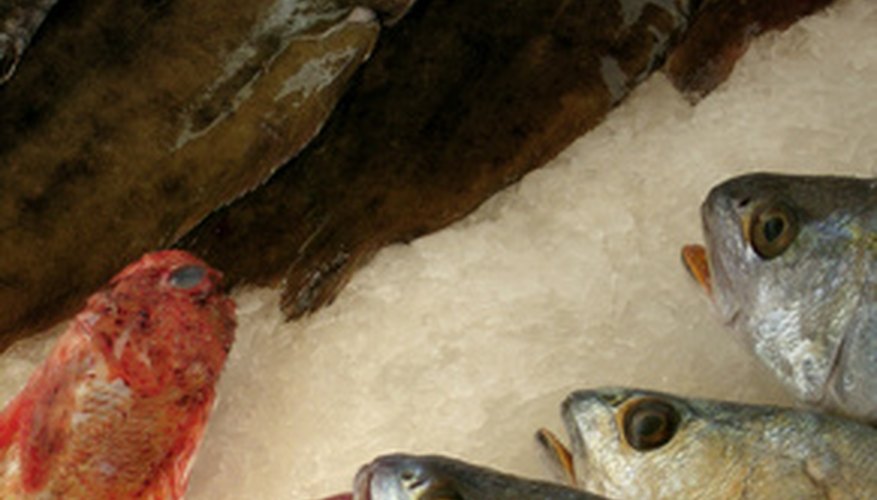The pristine and delicate Dover sole, named for the English town of Dover where it was first heavily fished, offers diners a sweet, straightforward flavour profile and supremely firm flesh. It is equally delicious served with a lemon wedge or a rich sauce. True Dover sole, which comes only from the waters surrounding Europe, can be quite expensive, but Pacific Dover sole provides a readily available alternative.
Check the colour of your Dover sole fillet for proper tone. Look for a delicate and white fillet that glistens once it has been skinned. Avoid fillets that are grey or blue in colour or those with a dull finish.
- The pristine and delicate Dover sole, named for the English town of Dover where it was first heavily fished, offers diners a sweet, straightforward flavour profile and supremely firm flesh.
- Check the colour of your Dover sole fillet for proper tone.
Sniff the surface of your fillet. Dover sole should smell fresh, slightly sweet and reminiscent of clean ocean water. An overpowering "fishy" odour or sourness indicates that your sole is past its prime.
Keep track of the purchase date. Ask your fishmonger when your sole was caught, and if the sole was frozen before it made its way to your market. After purchasing whole Dover sole, store it in airtight packaging for up to two days in the refrigerator. Store fillets for one day only. After two days, the sole should be discarded.
- Keep track of the purchase date.
- After two days, the sole should be discarded.
Press the flesh of your Dover sole with a finger or the tines of a fork. Dover sole should be firm and dense. If light pressure dents the flesh or produces a mushy sensation or separation of the fillet, the sole is not fresh and should be avoided.
TIP
To prolong the freshness of a whole Dover sole in the refrigerator, place it in a shallow pan with drainage and surround it with ice. Never set Dover sole on ice, as it will damage the fish.
